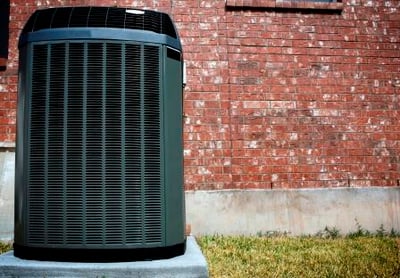 For the heating, ventilation, and air conditioning (HVAC) market, standards for use and longevity are growing, emphasizing the need to improve products and materials in order to gain new customers and maintain satisfaction levels.
For the heating, ventilation, and air conditioning (HVAC) market, standards for use and longevity are growing, emphasizing the need to improve products and materials in order to gain new customers and maintain satisfaction levels.
Thermoset Composites are able to not only improve the lifespan of your product, but can also aid in maintenance concerns throughout the life of the product.
It is important to understand not only the positives of using thermoset composites, but also be able to answer the following questions when you are researching if thermoset composites are right for you.
- Do you currently use any thermoset composites in your machines, or do you strictly use metals?
- What is the lifespan of your current parts?
- What are the environmental challenges facing your current materials? Do you see degradation of your current materials due to these conditions?
- Are you satisfied with the current noise emission of your machines?
- What are the price points of your current materials? Are you looking to find cost savings by using different materials?
- Are you satisfied with the current weight of your products? Would lighter materials enhance your product?
When you are considering to use different materials for your products, you want to ensure that these materials can enhance your product, while answering/solving your current problems and concerns. If you are not happy with any of the answers you provided above, thermoset composites are the key opportunity to move forward in the evolution of your product.
By being able to withstand heat and corrosive environments, while maintaining their durability, color, and stability, thermosets provide you the products you need to be able to please your customers with strong, durable, and long lasting products. Other conditions in the HVAC market have to do with maintenance over time. By replacing the metal in your HVAC units, there are significantly fewer safety concerns based on not having the sharp edges of metal pieces, as well as the heat and electrical conductivity associated with working with traditional metal parts. In addition to the cost savings, these lower noise emission, and lightweight formulations of thermosets, you have the answer to all of your HVAC material needs.
These upgrades transform your product into a more consumer attractive product; addressing the key concerns of consumers, while also benefitting HVAC workers (installers and operators) who deal with these products on a regular basis.
Evolve your product into what your consumers, operators, and installers want. Download this case study to learn how thermoset composites work in the HVAC Industry.


